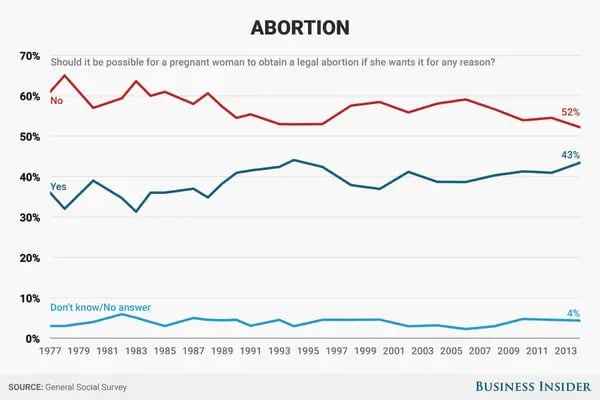U.S Political Behavior & Public Opinion
- Political culture includes the basic beliefs, values, and norms about a nation and its government that are widely shared within that society.
- Most Americans, if asked, would agree that among the basic values of this nation are (1) liberty, (2) freedom of opportunity, (3) equality, and (4) belief in the value of the individual.
- Yet, how people think that these values should be safeguarded and supported varies greatly.
ACQUIRING ONE’S POLITICAL BELIEFS
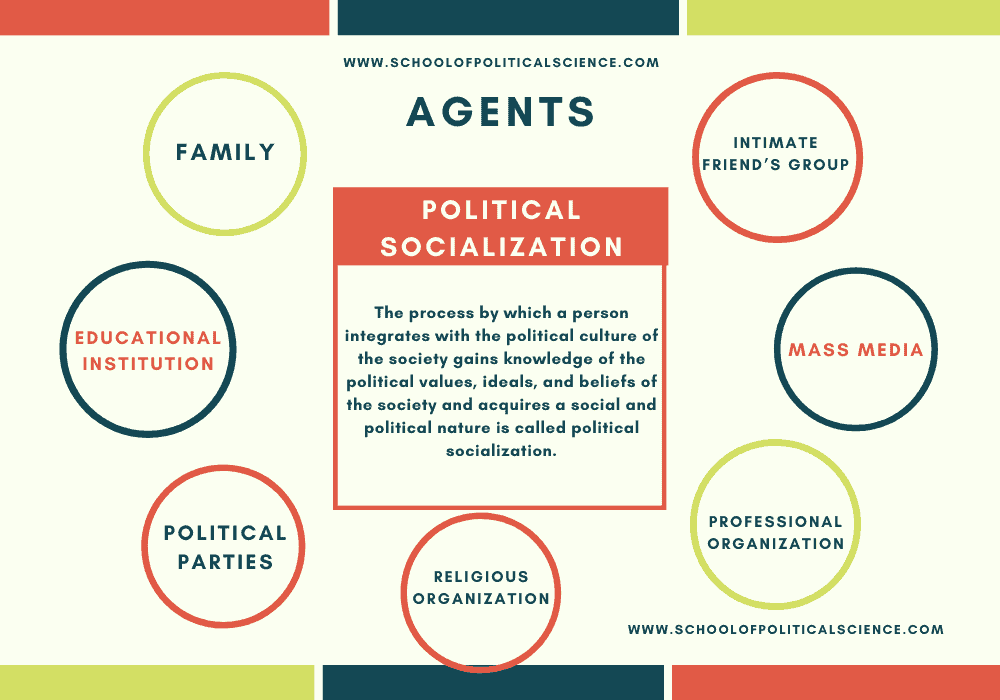
- The process by which people develop their political ideas, attitudes, and values is called political socialization.
- The factors that influence this development are (1) family, (2) school, (3) peers (friends, coworkers, organizations), (4) the mass media, and (5) opinion leaders.
- Socioeconomic factors also are important: (1) educational level, (2) age, (3) race, (4) income, (5) occupation, and (6) religion.
- These factors also affect party choice and one’s tendency to vote.
- The major influence is family. As people grow older, their income level wields greater influence on political decisions.
DIFFERENCES AMONG POLITICAL BELIEFS
- Political ideological differences can be classed as (1) conservative or (2) liberal.
- Political differences play out in party politics as Democrat, Republican, or independent, although a person may qualify his or her ideology as a moderate Republican or a conservative Democrat—or a socialist, a member of the Reform Party, or a libertarian, and so on.
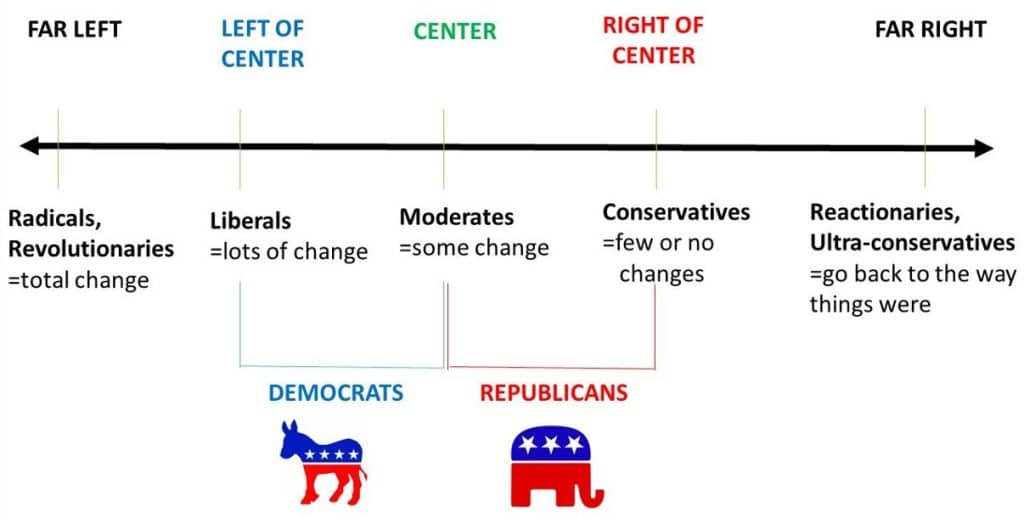
- The moderate label does not signify an ideology but a way of looking at government problems and solutions.
- In general, U.S. conservatives advocate a limited role for government, especially the federal government, whereas liberals in this country view the government’s role as that of an active advocate for economic and social change.
- Certain blocs of voters are powerful influences on the outcome of elections.
- Older Americans, who tend to vote more than younger Americans and tend to be more conservative, became a force in politics in the last two decades of the twentieth century.
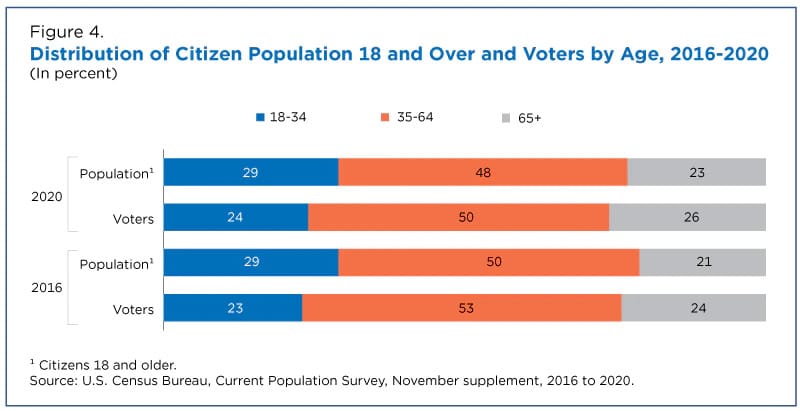
- Traditional supporters of the Democratic Party are the less powerful and less well-off economically—organized labor, farmers, African Americans, and other minority groups.
- Republicans tend to gain support from wealthier people and the business community.
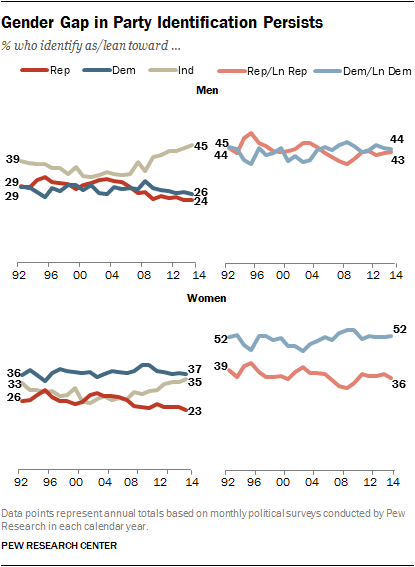
- The gender gap appeared for the first time in the 1980 election and helped elect Bill Clinton to his second term in office in 1996.
- A gender gap in voting typically refers to the difference in the percentage of men and women who vote for a particular candidate.
- There are other generalizations about voting behavior.
- (1) Men tend to be influenced in their voting by economic and military issues and women by social issues, such as education.
- (2) The better educated a person is, the greater the likelihood the person will vote.
- (3) The higher a person’s income, the greater the likelihood the person will vote.
- (4) People in the suburbs are more likely to vote than urban dwellers, and rural people are the least likely to vote.
POLITICAL PARTICIPATION
- People may participate in the political process in a variety ways, such as (1) voting, (2) running for elected office, (3) volunteering to work in an election campaign, (4) getting signatures on a petition, (5) writing to an elected official to effect some change, or (6) marching in a demonstration or a protest.
- But the primary way in which people participate is by voting.
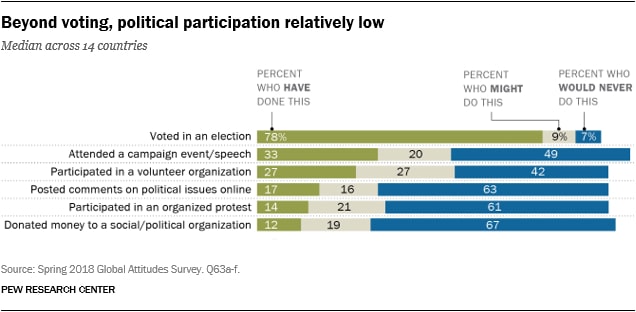
NONVOTERS
- The basic requirements to vote are that one must be a citizen of the United States, a resident of the voting district for a minimum of 30 days, and 18 years of age.
- States also have registration requirements, but the Motor Voter Act of 1993 has made this process much easier by making it possible to register to vote when getting or renewing a driver’s license.
- Still, many citizens do not register to vote.
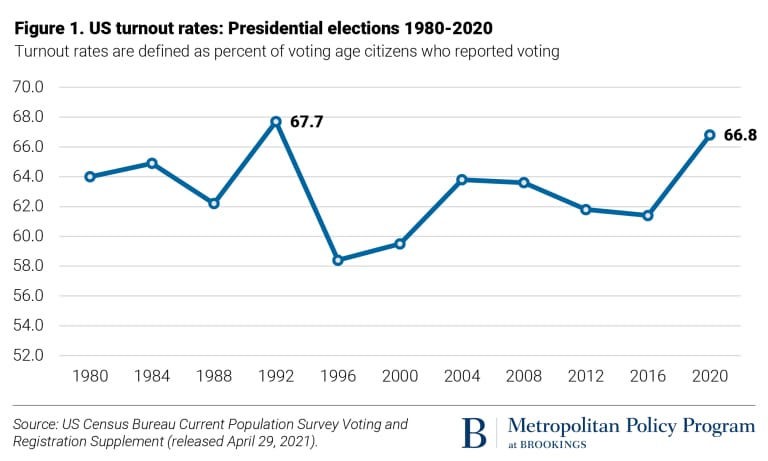
- The major reason why people who are eligible to vote choose not to is because they lack a sense of political efficacy.
- Political efficacy is the “feeling that political and social change is possible and that the individual citizen can play a part in bringing about this change”.
- As far as they are concerned, their vote has no influence.
- Big business, big money, and special interests control politics and the government.
- Those with the least amount of political power—the political know-how to organize and the money to underwrite lobbying efforts and campaign donations—are the least likely to vote and to participate in general in the political process.
- They are also the least likely to be heard in national policy debates.
PUBLIC OPINION
- Public opinion is the aggregate of many different publics on a range of issues.
- Parties measure it by (1) direct contact—letters, telephone calls, e-mail messages—between constituents and elected officials; (2) media coverage of issues and the public’s reaction; and (3) elections, the ultimate referendum on what people think.
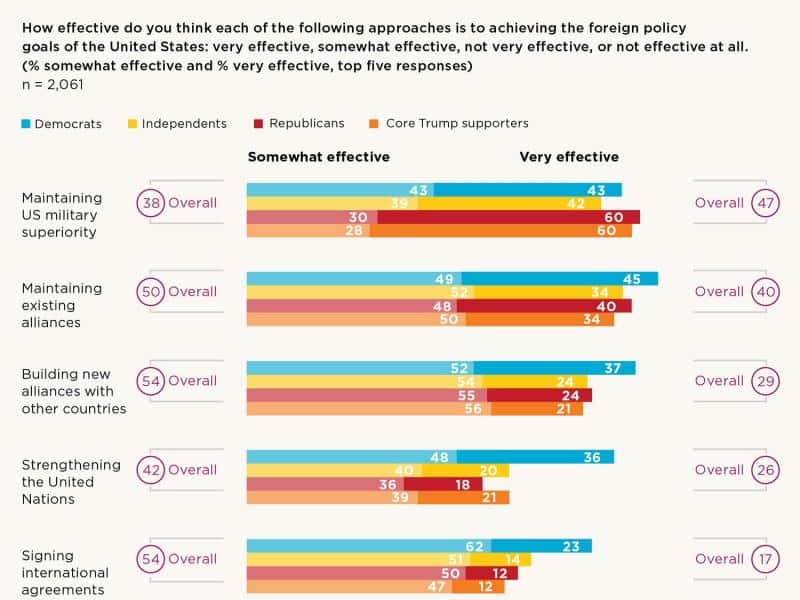
- In the last few decades, public opinion polling has become singularly important.
- In evaluating the validity of an opinion poll, one should consider (1) sampling method, (2) the wording of the questions that might suggest bias or leading questions, (3) the margin of error, and (4) any bias in interpretation of the results.
- Public opinion survey results are useful in developing public policy if they demonstrate (1) direction—positive
or negative—of the public’s opinion on an issue; (2) intensity, or depth, of opinion; and (3) stability. - Public opinion polls may also show (1) latency, which may develop into intensity about an issue, and (2) salience, or relevance.
